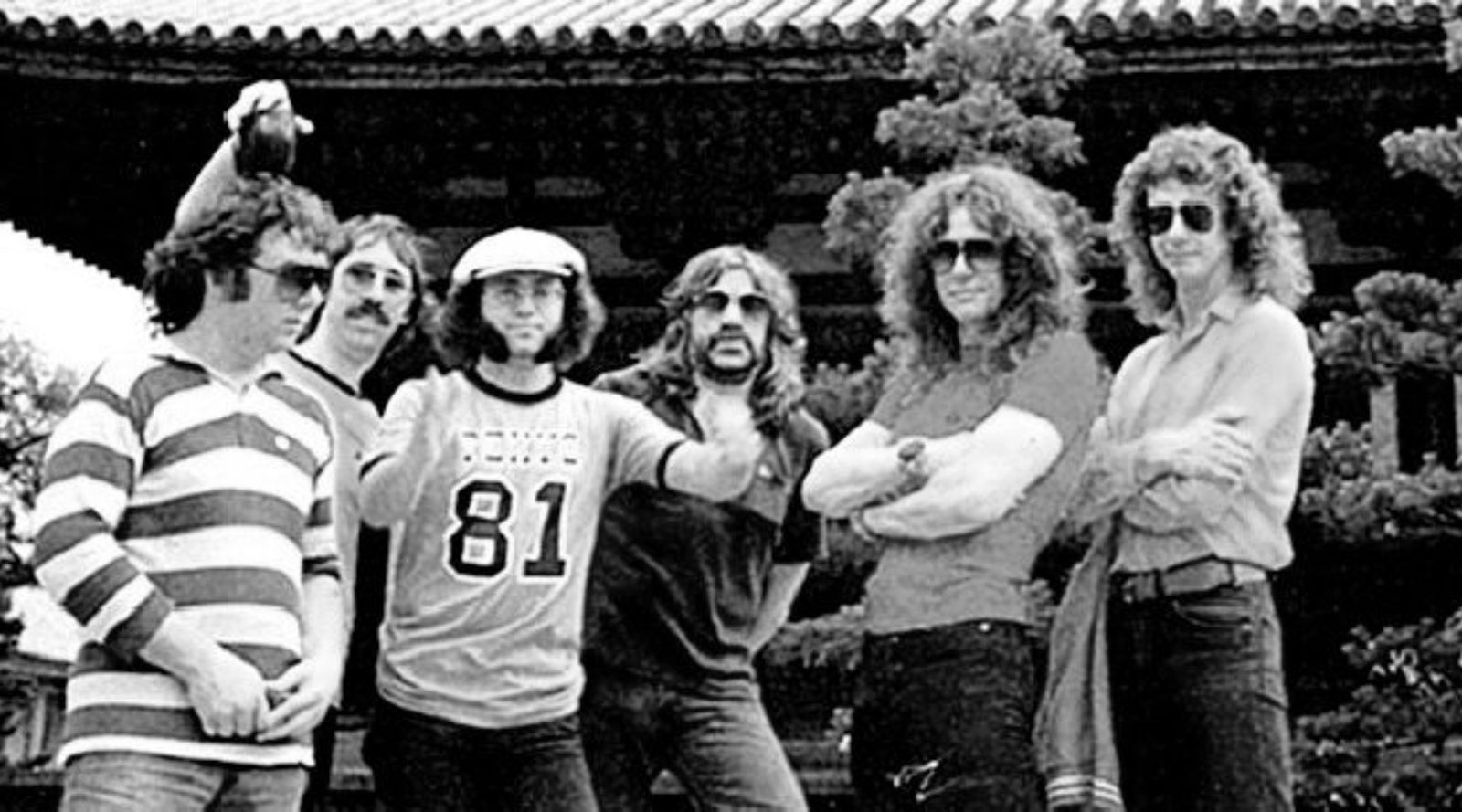Whitesnake Were a Blues Band?

Where do you stand on Whitesnake?
When I mention the name, you’ve probably got a particular image in your mind. You’re most likely thinking of the Whitesnake that rode the hair metal wave to conquer the American charts in the late 1980s. You’re thinking of a band characterised by bouffants, high pitched, Robert Plant-esque vocal histrionics from frontman David Coverdale and guitar shred legends like Steve Vai and Adrian Vandenberg. You’re imagining the band who dominated MTV with a series of slick videos featuring the late Tawny Kitaen. Think “Still of the Night” from the band’s mega-selling self-titled 1987 album and you get the idea of what I’m talking about.
Here’s the thing, though: Whitesnake is really two bands and the other Whitesnake – the one that came before the glam metal iteration – is a different breed of reptile entirely.
The version of the band that Coverdale formed in the late 1970s is pretty far removed from the iteration that cracked the American market in the subsequent decade. For many years, Whitesnake only really found success in their native UK. And the BritSnake was more like a down-and-dirty blues-rock extension of Deep Purple than the hair-rock flock that Coverdale established later down the line.
The shades of Purple in this altogether bluesier incarnation came from three former Deep Purple alum: Mr. Coverdale on vocals (obviously) alongside Ian Paice on drums and John Lord on keyboards. The blues elements, meanwhile, were brought to the fore by guitar duo Bernie Marsden and Micky Moody.
Records like Lovehunter, Ready an’ Willing and Saints and Sinners show the power of early Whitesnake in full effect. They also reveal that Bernie Marsden really was Whitesnake’s secret weapon at the time. Marsden gets a co-credit with Coverdale on many of the band’s iconic numbers from the era, including Trouble, Walking in the Shadow of the Blues and, of course, Here I Go Again.
The signature song for latter day Whitesnake – their first ever Billboard #1 single – was actually a reworked version of the track that first appeared on 1982’s Saints and Sinners album. And, for my money, the original is the superior offering. Stripping away the pomp and bombast of the 1987 version lets the strength of the song itself shine though.
If you want to really get a sense of what early Whitesnake was about, there’s no better place to start than the Live… in the Heart of the City album. Like all great blues-rock combos, early Whitesnake thrived in a concert setting. For my money, …Heart of the City – recorded across three tour stops at London’s Hammersmith Odeon - is one of the great ‘70s live records and deserves favourable mentions alongside Lizzy’s Live and Dangerous or KISS’ Alive. To get a sense of what I’m talking about, you’ve only got to listen to the soaring, soulful cover of Bobby “Blue” Bland’s Ain’t No Love in the Heart of the City from which the album derives its title.
What are your recollections of Whitesnake? Do you remember their days as an MTV staple? Were you fan of the earlier, blusier incarnation? And did you ever see them live? As always, share your stories in the comments.





















